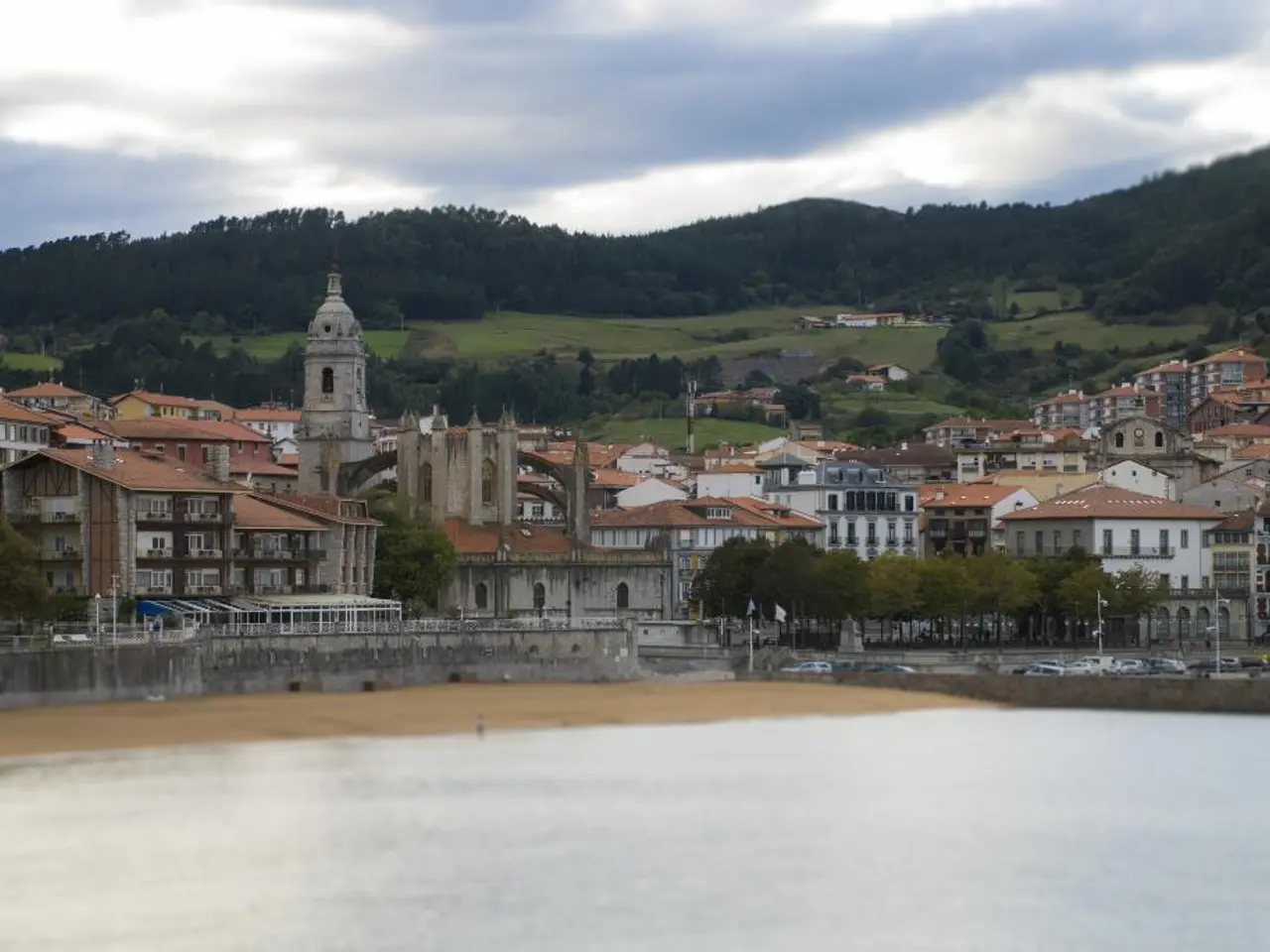Iceland exhibits a robust economic status.
================================================================
Iceland, a small island nation in the North Atlantic, experienced a severe financial crisis in 2008 due to the collapse of its three major banks. The crisis was caused by risky lending and insufficient regulation, making it the largest financial crash of any country of its size[1]. However, through a series of strategic measures, Iceland has emerged as a top performer in Europe with a high standard of living and a robust economy.
In February 2009, a center-left party took the lead, and the government began to address the crisis[2]. With assistance from the International Monetary Fund (IMF), Iceland stabilized its economy without imposing harsh austerity measures immediately. Instead, the government maintained large public deficits in 2009 to counteract economic contraction, preserving the country's welfare system[1].
One of the key factors in Iceland's recovery was the restructuring of the banking sector. The government took control of failed banks and later began selling stakes in state-owned banks like Islandsbanki, reducing public ownership as the economy recovered. This process demonstrated a managed withdrawal from crisis-era interventions[3].
The Icelandic krona underwent sharp inflation, and the central bank raised interest rates to 18% to control inflation and stabilize the currency after its dramatic fall in value[1][2]. Despite the initial depreciation of the crown, the depreciation had a positive effect on the export industry[4].
Starting around 2010, Iceland experienced a significant tourist influx, contributing substantially to economic recovery and growth. This tourism boom helped to reverse declines in GDP and employment[1]. Iceland's unique natural beauty and the affordability resulting from the currency depreciation made it an attractive destination for tourists[5].
Unlike some crisis-hit countries, Iceland did not sharply cut its welfare system, preserving social stability and domestic demand, aiding the recovery[1]. Prudent fiscal and social policies helped Iceland to maintain its Scandinavian welfare model during the recovery process[1].
Adaptation of supply chains and businesses was also crucial. Although some international businesses like McDonald's left due to currency and import cost issues, others adapted by sourcing locally, showing economic resilience and flexibility[2].
Iceland's political and public consensus also played a significant role in its recovery. Despite considerations for European Union membership post-crisis, Iceland’s political and public attitude favored national control over economic steadiness rather than joining the EU, which influenced policy directions[3].
Seven years after the crisis, Iceland's unemployment rate was 3.8%, and its GDP growth was 4.1%[6]. Inflation was at 2.5%[7], below the pre-crisis level. In early 2016, the country paid back £374 million in compensation to British and Dutch depositors[8]. The tourism boom continued, leading to the lifting of capital controls.
In conclusion, Iceland leveraged a combination of IMF-supported fiscal flexibility, restructuring of the financial sector, monetary policy controls, a tourism-led economic boost, and preservation of a Scandinavian welfare model to recover robustly from the 2008 crisis and become a strong performer in Europe with a high standard of living[1][4][5].
References:
- The Economist
- The Guardian
- Reuters
- Bloomberg
- Forbes
- Statistics Iceland
- Central Bank of Iceland
- BBC News
In the recovery process, Iceland preserved its unique lifestyle by maintaining its Scandinavian welfare model, which aided in preserving social stability and domestic demand.
As tourism flourished in Iceland from around 2010, offering an economical and attractive destination for travelers, the other sector that also showed resilience was the travel industry, with businesses adapting by sourcing locally.




